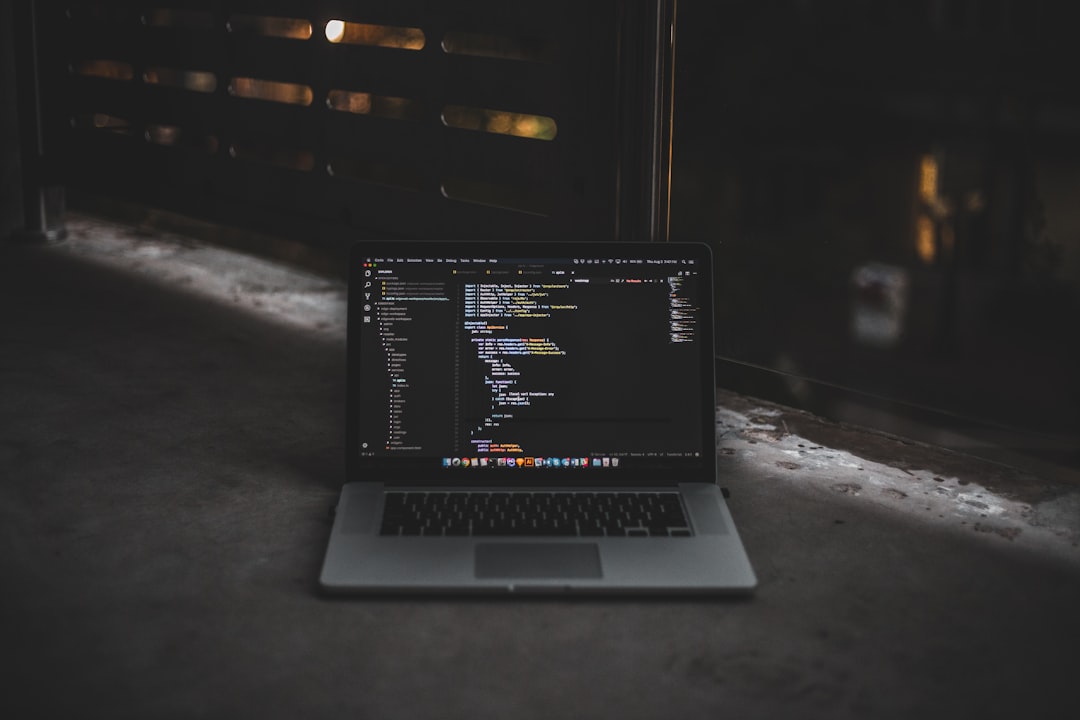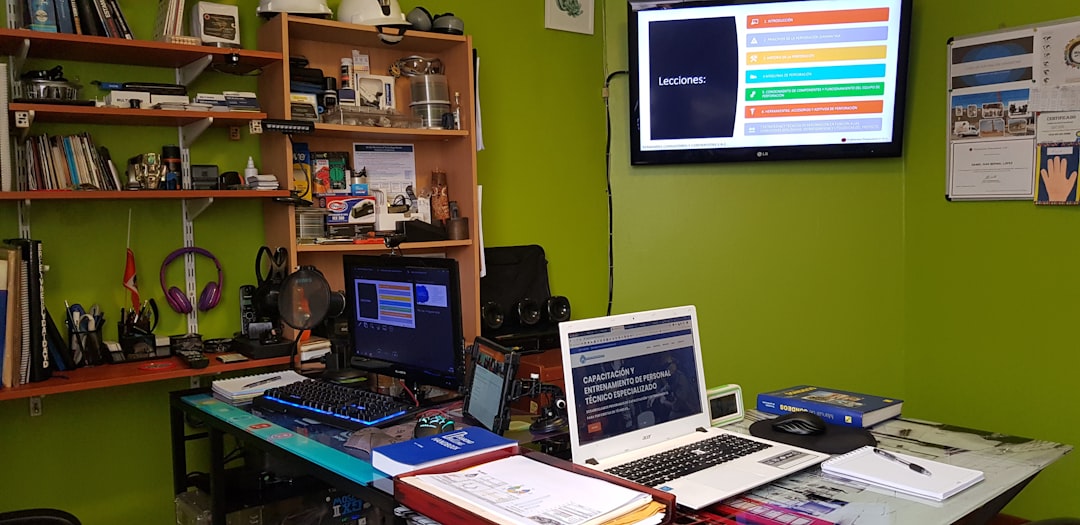For years, my MacBook Pro was that one piece of tech I never had to constantly think about. It was efficient, quiet, and impressively long-lasting on battery. That’s why, when I noticed it was draining power overnight even while completely idle, I knew something was wrong. It started shortly after a macOS update—which made me suspicious. What followed was hours of investigation and a surprising discovery: unnecessary background daemons were actively preventing sleep and draining the battery.
TLDR (Too Long, Didn’t Read)
After a recent macOS update, my MacBook Pro started losing significant battery overnight. Diagnosis revealed that several background daemons were running persistently and causing the system to stay awake. Using built-in macOS tools and safe methods, I cleaned up these daemons—mostly outdated or no longer needed by apps. Afterward, battery drain disappeared and performance improved noticeably.
The Problem Begins
The issue started innocently enough. Post-update, I closed the lid of my MacBook Pro at around 90% battery. The next morning, the battery had dropped to 60%. The day after that, it was down to 50%. At first, I thought it might be a one-off situation—perhaps Spotlight was reindexing or an iCloud sync was in progress. But when it persisted for over a week, I began to dig deeper.
I made sure that all the usual suspects—Bluetooth, open apps, spotlight indexing—were not the culprits. Still nothing changed. This wasn’t normal behavior for a machine that typically only sips power while sleeping overnight.
Starting the Investigation
I turned to one of the trusted tools built into macOS: pmset. This Terminal command allows users to inspect power management logs and identify what’s preventing the system from sleeping properly.
pmset -g log | grep "Preventing Sleep"This command showed that certain system background processes and third-party daemons were frequently interrupting or outright preventing sleep.
What Are Daemons and Why They Matter
Daemons are background processes that run quietly, often without any visible interface. They’re used by both the operating system and third-party applications to handle tasks that must continue running even when not actively in use. While many are essential, some become unnecessary over time—especially after software is removed or updated.
In my case, I discovered the following culprits:
- com.adobe.ARMDC.Communicator – A leftover from an old Adobe update tool.
- com.dropbox.DropboxMacUpdate.agent – Persistently running even after Dropbox was uninstalled.
- com.microsoft.autoupdate.helper – Frequently waking the system for scheduled checks.
These daemons were not only running unnecessarily but also preventing the machine from entering sleep mode consistently.

Tracking System Sleep Behavior
Another powerful tool I used was Activity Monitor. By switching to the “Energy” tab, I was able to monitor which apps and processes were consuming processor cycles and keeping the system active while the lid was shut.
I also found the command sudo powermetrics quite useful. It helped identify power usage per component and whether apps were causing “wake” events.
The wake reasons I was seeing were:
- Wake reason: RTC – Scheduled tasks or periodic checks.
- Wake reason: OHC1 – USB-related processes, though nothing was plugged in.
- Wake reason: EC.LidOpen – Possibly caused by sensors.
These metrics confirmed that the system wasn’t sleeping properly—and it wasn’t because of hardware.
Cleaning Up Unnecessary Daemons
Now came the most delicate part: removing or disabling the offending daemons. I started by locating all active launch daemons and agents via these commands:
launchctl listls ~/Library/LaunchAgentsls /Library/LaunchDaemonsEach suspicious entry was carefully reviewed. Typically, older software leaves behind launch items even when you uninstall it. To safely disable one, I used the following command:
launchctl bootout system /Library/LaunchDaemons/com.adobe.ARMDC.Communicator.plistI also manually deleted unused or obsolete .plist files once I verified they were not essential. Always be cautious here: never delete any daemon unless you’re absolutely certain of its purpose.
Reboot and Observe
Once I cleared the unnecessary daemons and agents, I rebooted the system. That night, I closed the lid at 92% battery. The next morning, my MacBook Pro still showed 91%. It was a huge relief.
I continued monitoring the system for several days. The overnight battery drain was completely gone, and system performance even appeared to improve. Apps launched a bit faster, and there were fewer spontaneous fan ramp-ups—which I attribute to decreased background activity.

Lessons Learned
This experience underscored a few important truths about system maintenance, especially after updates:
- Not all problems are visible. Many issues, like sleep prevention, occur silently in the background.
- Daemons can persist long after they’re needed. Unused or outdated background services can lead to unnecessary resource usage.
- macOS tools are powerful. Built-in utilities like pmset, Activity Monitor, and launchctl offer immense visibility into what’s really going on under the hood.
- Safe cleanup requires clarity. Never remove system-critical processes. Take time to verify every item you disable.
Preventing Future Issues
To ensure that such battery drain incidents don’t recur, I’ve adopted a few best practices:
- I periodically review login items, launch agents, and daemons every few months.
- Before and after a major macOS update, I monitor power usage for anomalies.
- I use tools like LuLu and BlockBlock to monitor new background services being registered.
Conclusion
While macOS does a great job of managing power and background tasks, no system is immune to misconfigurations and residual clutter—especially after major updates. My MacBook Pro’s unexpected battery drain was ultimately caused by well-intentioned but unnecessary daemons running persistently. By methodically identifying and removing them, I restored my machine’s characteristic efficiency.
If you’re experiencing unexplained power issues, don’t ignore them. With a bit of patience and the right tools, you can get to the root of the issue—and gain deeper understanding of how your Mac truly operates.
